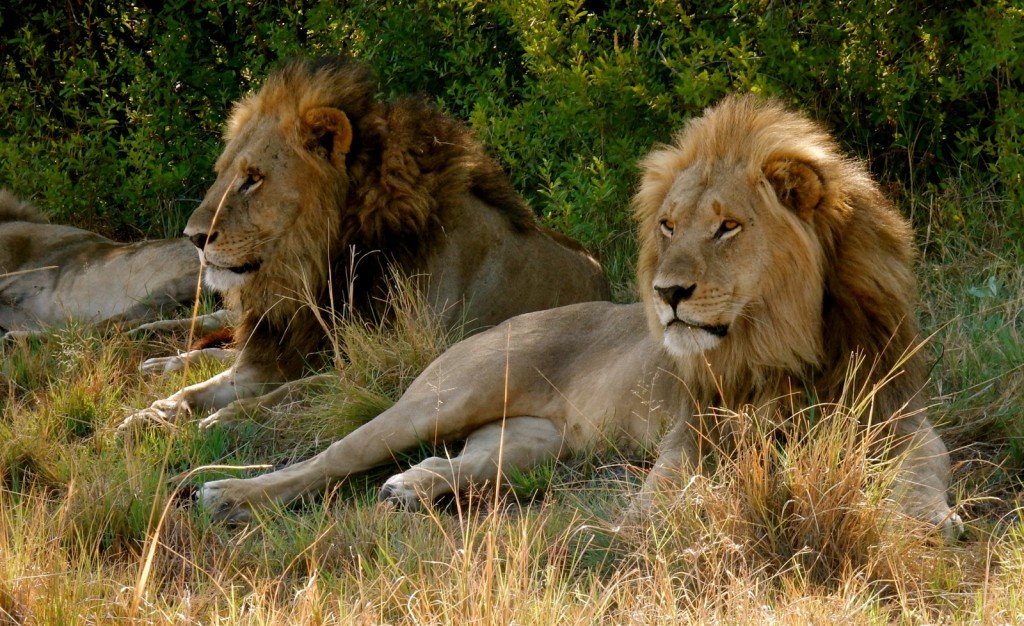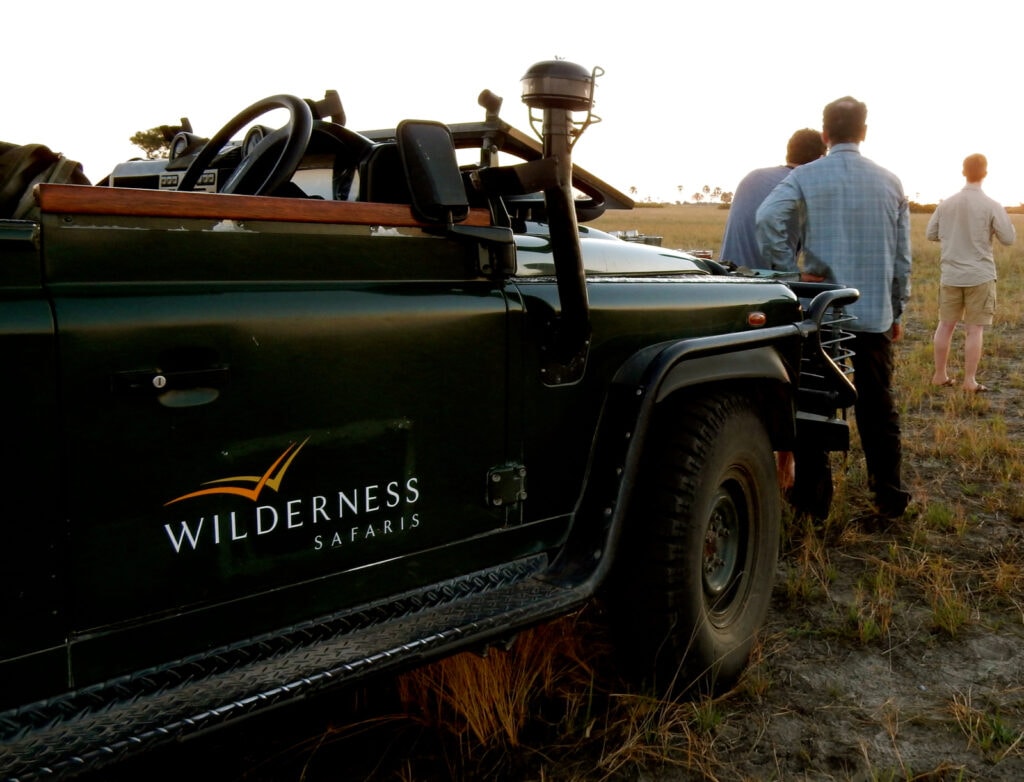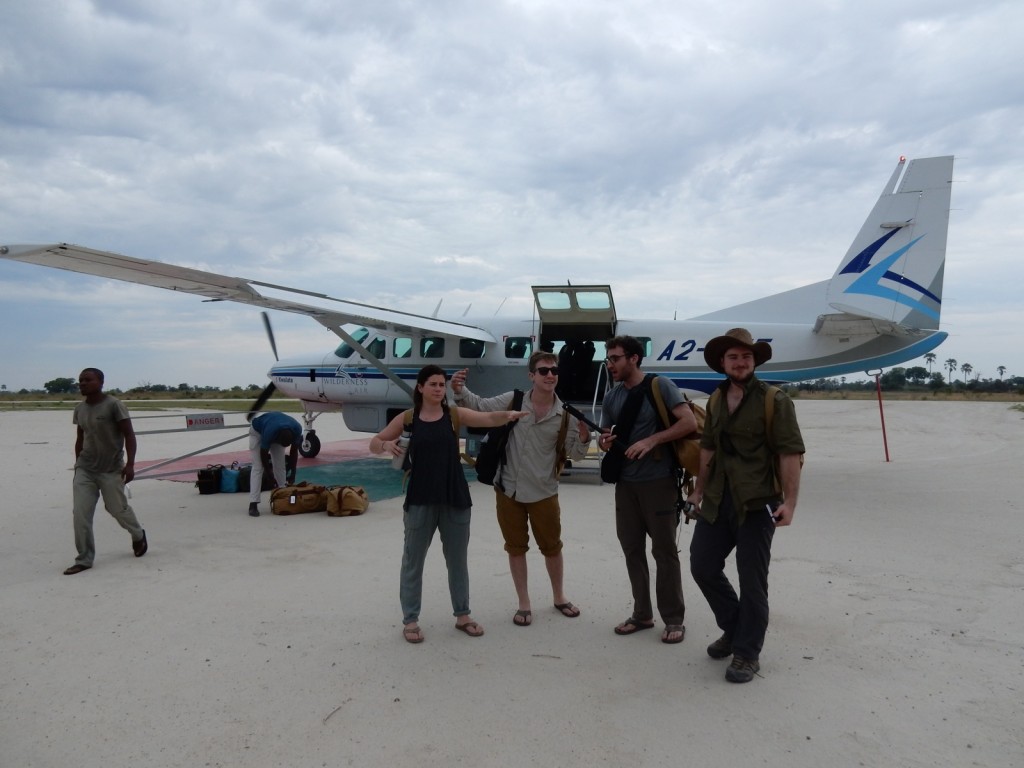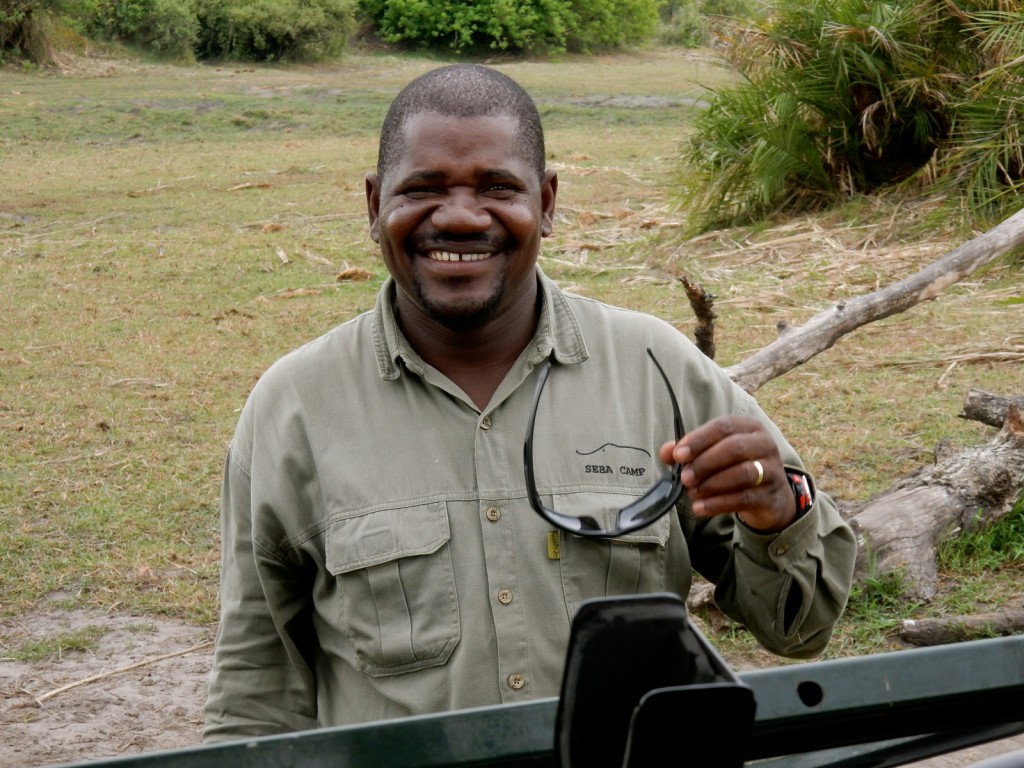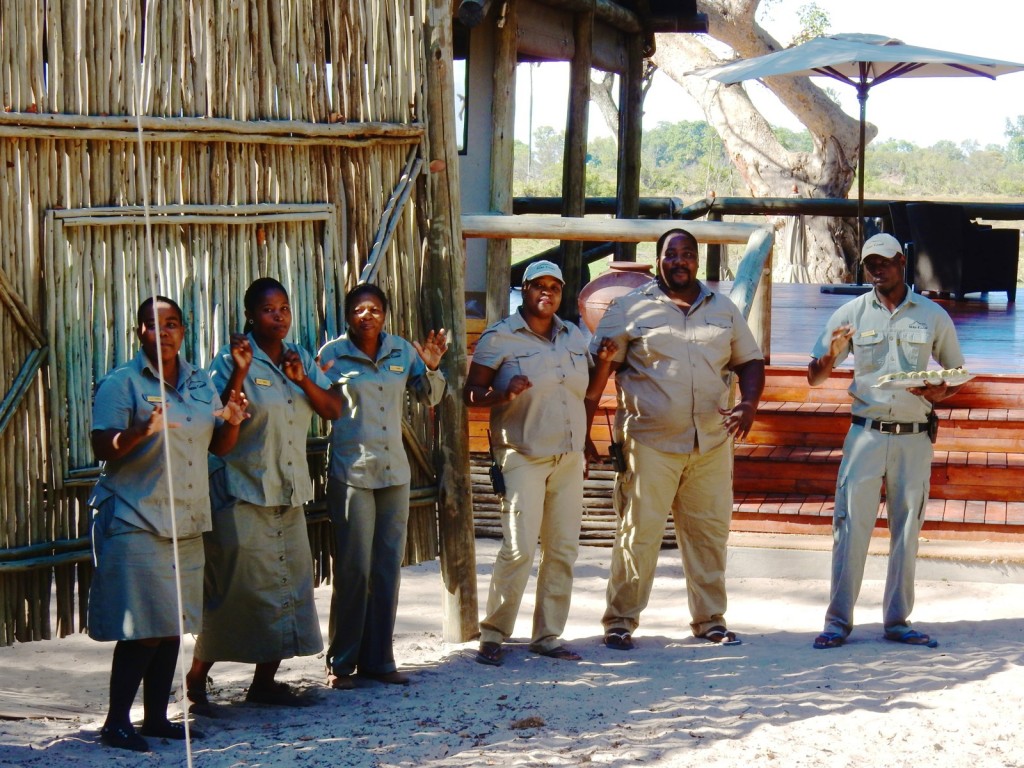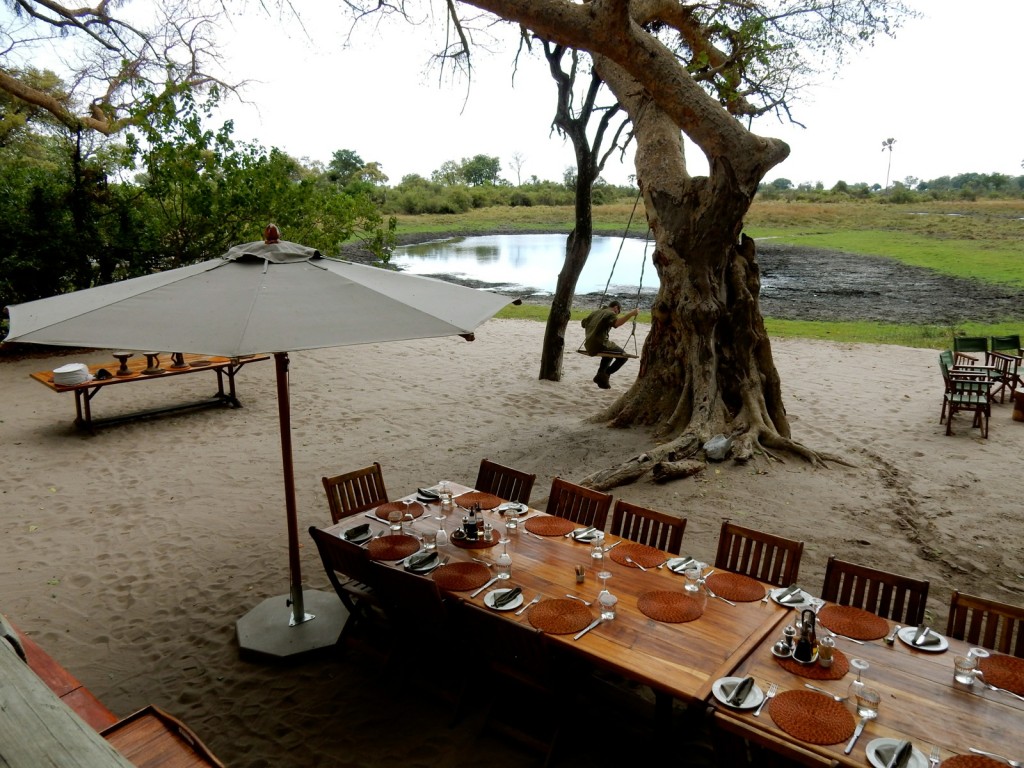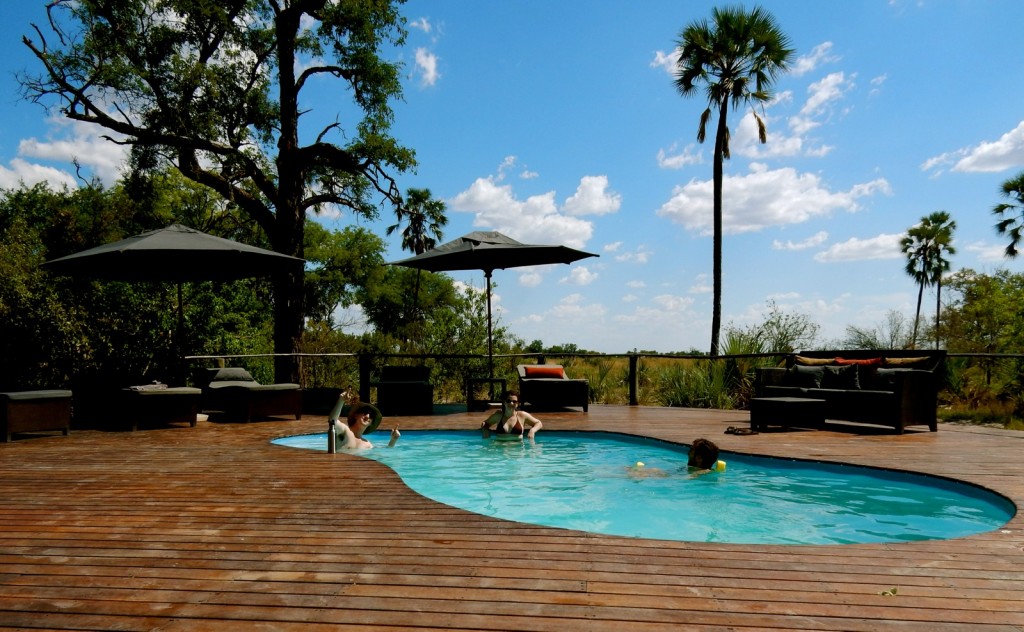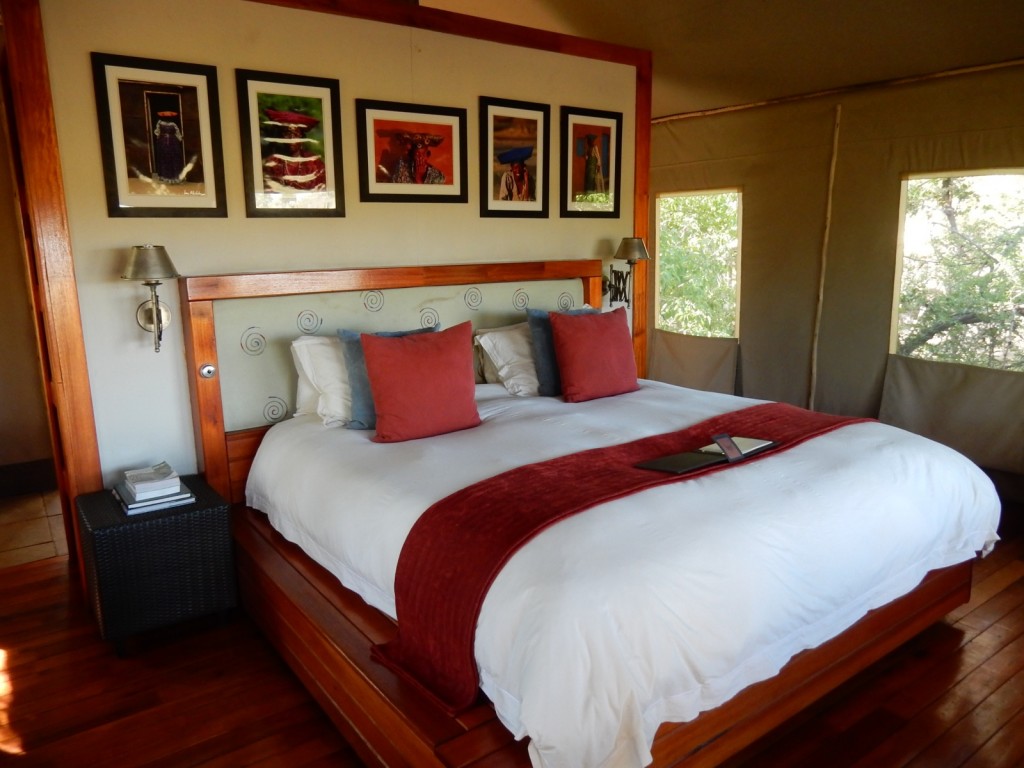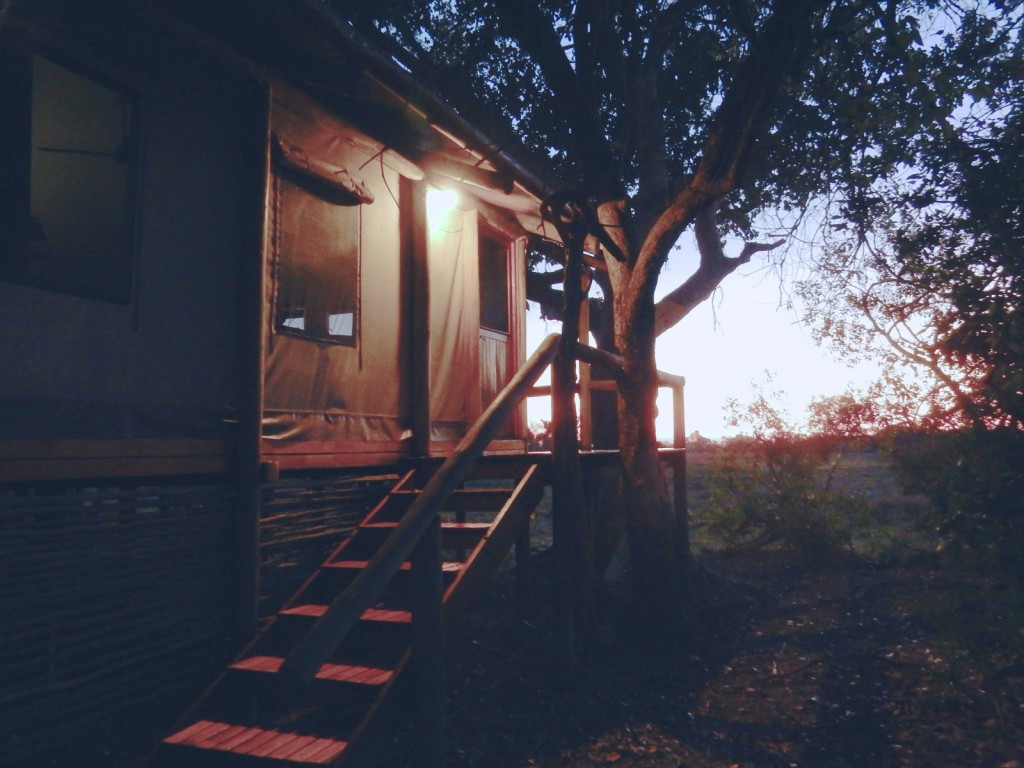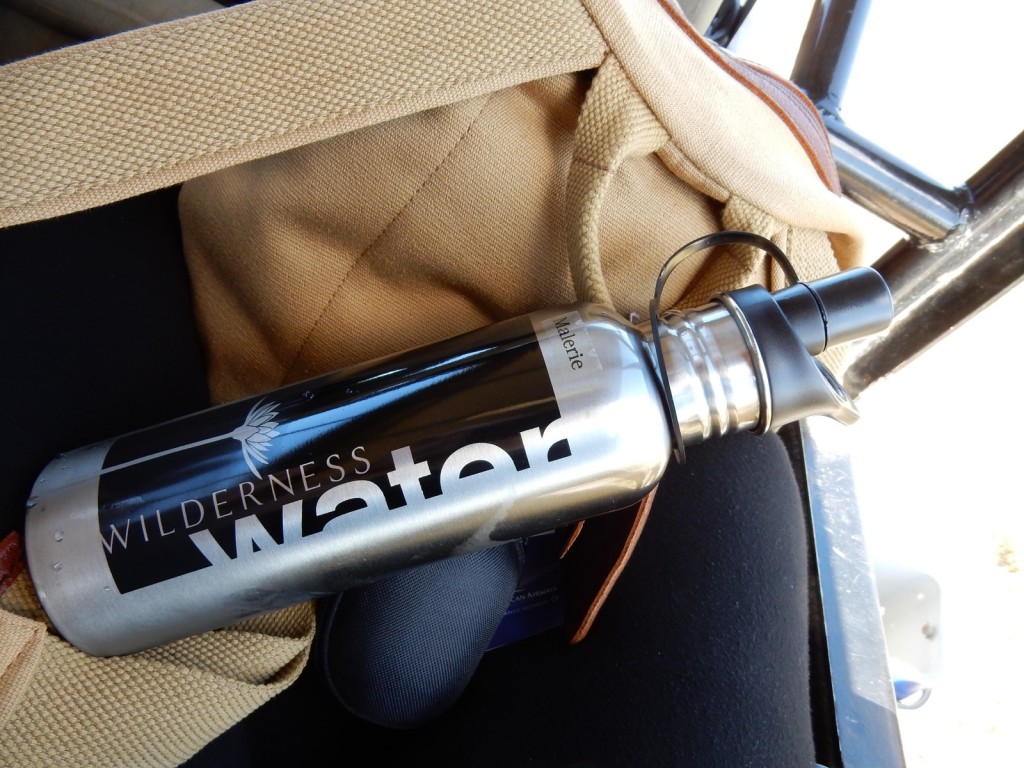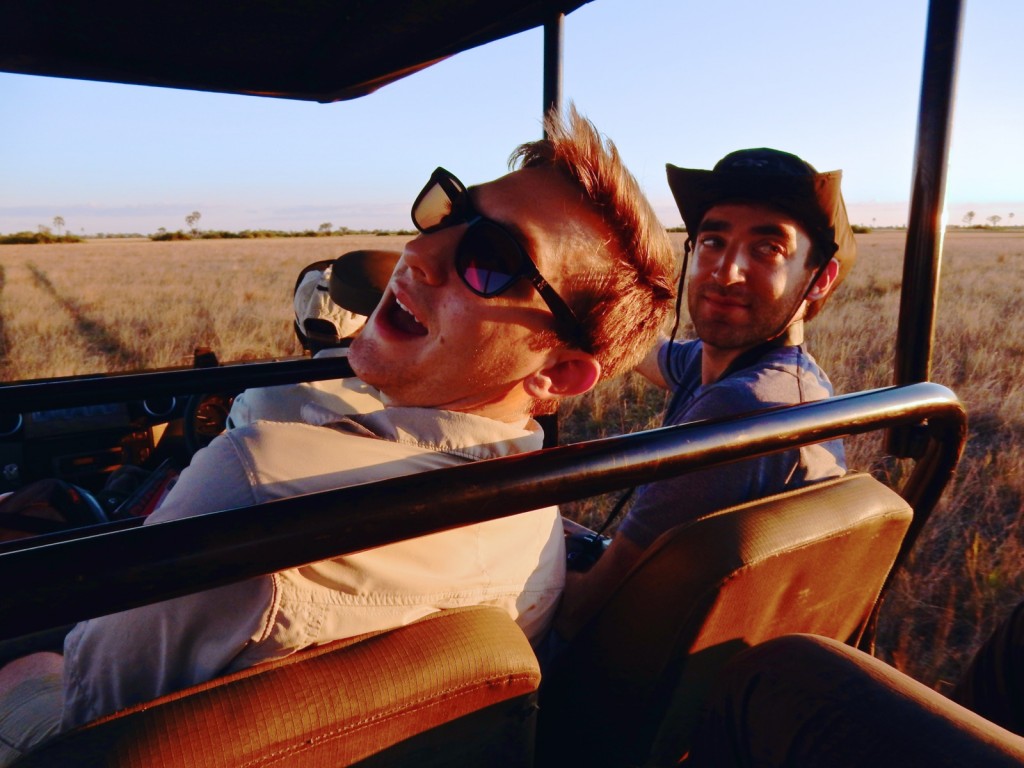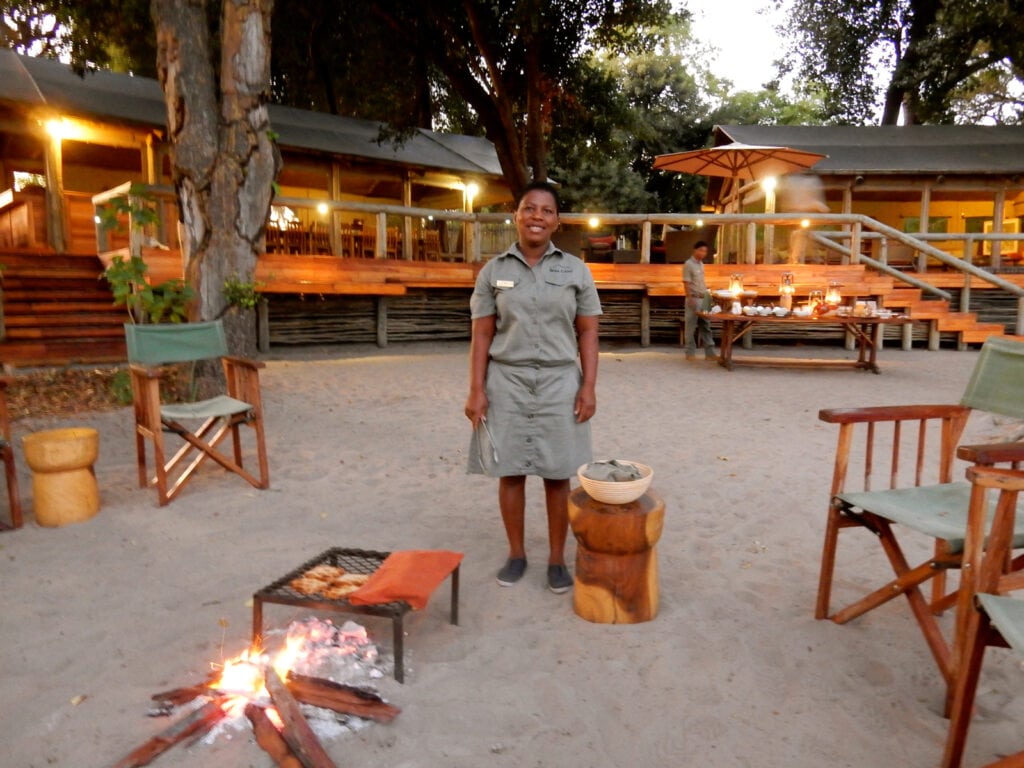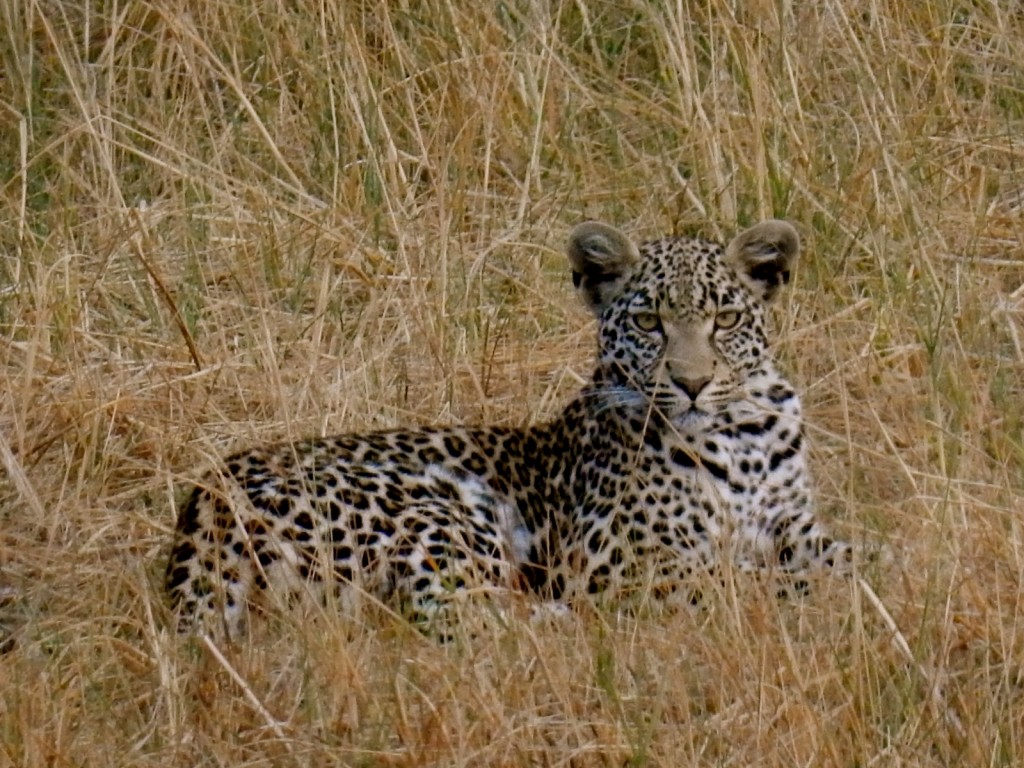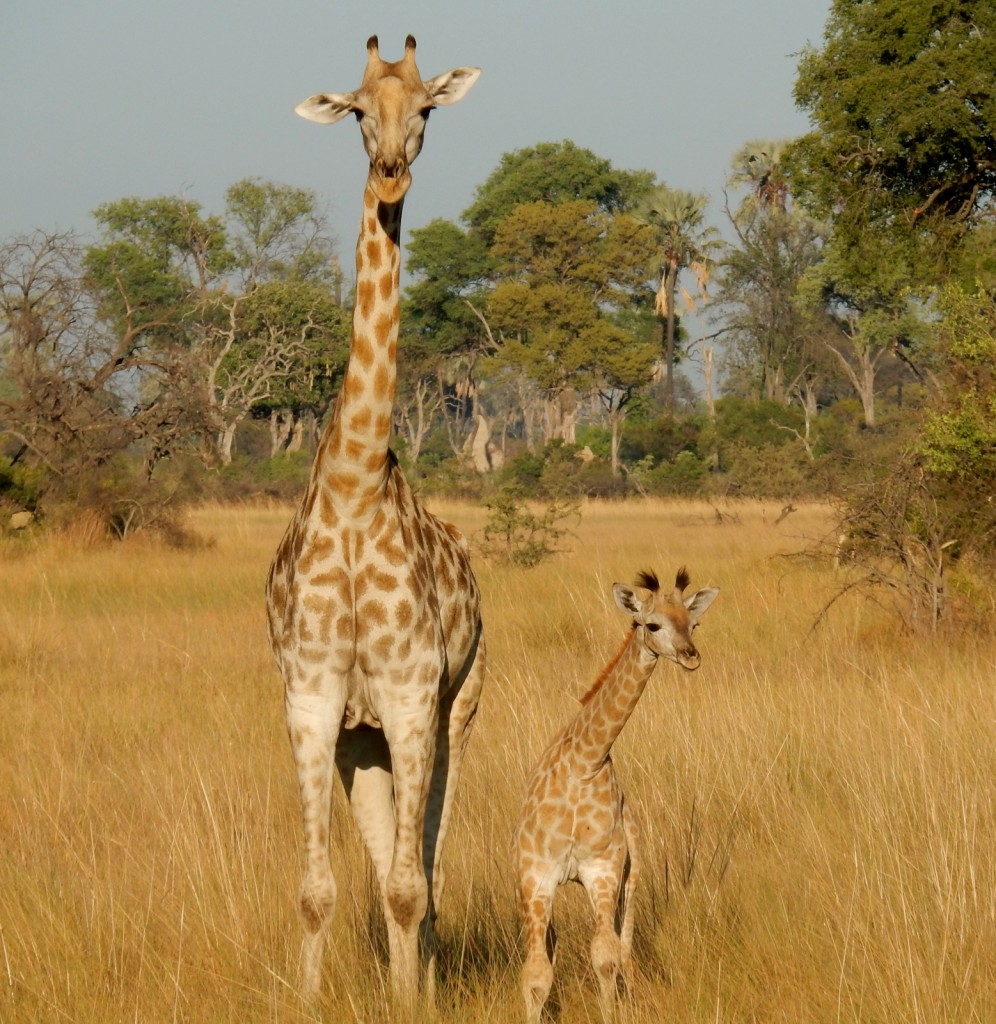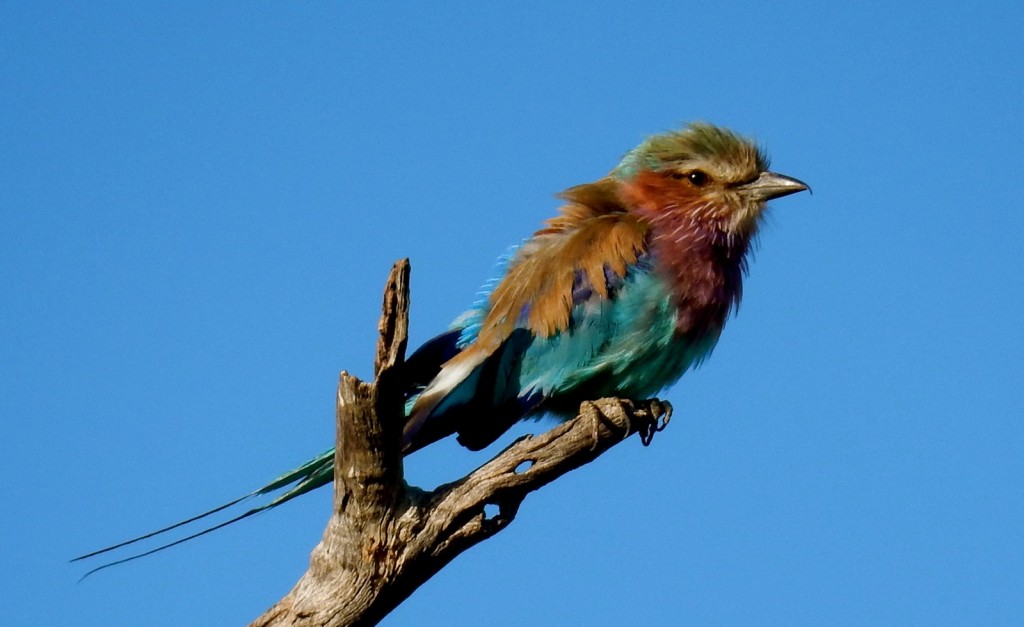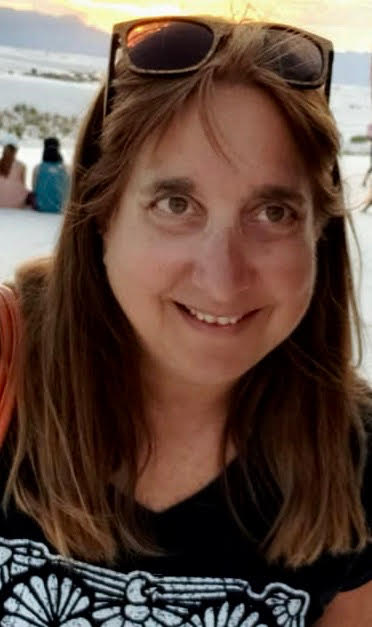A “Classic” Wilderness Safari Camp, Seba Camp is in Botswana’s famed Okavango Delta. Both Classic and Premium Wilderness Safari Camps throughout Southern Africa are completely adept at spoiling guests rotten.
(The primary difference between the two is the level of cuisine and the cost, which can be three times more for Premium status).
Seba, with its team of genuinely warm staff, is a “family camp” with accommodations for multi-generational groups.
Where Is Seba Camp?
Seba Camp is located in the Okavango Delta, a sprawling wetland in Botswana that is one of Africa’s most diverse and vibrant ecosystems. Set amidst riverine forests, open grasslands, and labyrinthine waterways, the camp offers a secluded sanctuary for nature enthusiasts. Specifically situated in a private concession area, Seba Camp benefits from reduced visitor numbers, allowing for a more intimate and tranquil safari experience.
The camp is strategically positioned near perennial water sources, attracting a plethora of wildlife species, including elephants, hippos, and various bird species. Accessible by light aircraft from Maun or Kasane airports, Seba Camp serves as a gateway to the unique flora and fauna of the Okavango Delta.
First Impressions of Seba Camp
It’s a grueling trip to Seba Camp, starting with a 15 ½ hour direct flight from JFK to Johannesburg. Then, a two-hour layover and 1 ½ hour flight to Maun, Botswana. Finally, a 35-minute flight on a 12-seater Wilderness Air bush plane. But all worth it.
We were greeted at the Seba Camp airstrip by the smiling Matamo Mate – “just call me Mate” – our guide for three days. Mate’s sense of humor and expertise put our group of 8 at ease.
Seba Camp staff whisked our bags away. We never had to carry them while in the care of Wilderness Safaris. While our bags were being delivered to our bungalow tents, Mate narrated the 20-minute drive from landing strip to camp in an open 8-person Land Rover.
Approaching the camp complex, Mate exclaimed – “There’s a Big Boy.” Sure enough, a large male elephant was foraging away on a tree right beside one of the bedroom suites. We soon discovered this was a common occurrence.
As we pulled up to the entrance, six Seba Camp staff members sang and ululated a warm welcome. We met the soft-spoken Nature (camp manager), short and cute Precious (chef and “Bush Buddy”), lovely Masha (chef, waiter) earnest OB (waiter), and others.
Top Notch Food and Service
Seba Camp’s communal area consists of a bar/dining area, library, and sandy beach with a fire pit. It overlooks a very active water hole. This area turned out to be a prime meeting and eating place for both guests and wildlife.
Mischievous monkeys steal food from tables, and sometimes directly from the plate on your lap. You’re likely to see elephants or other animals drinking or bathing at the water hole just yards away.
On hot days, the resort-style shallow pool, surrounded by palm trees and chaise lounges, is the human “watering hole.” This is where homo sapiens gather to cool off during the mid-day “siesta.”
As an “eco-camp,” Seba can accommodate about 16 guests. On the first night – December 20th, we were the only guests and treated like royalty.
Rooms at Seba Camp
Seba Camp guests stay in private canvas bungalows. Each is outfitted with a comfy bed, desk, seating, coffee/tea service, and a balcony overlooking a field or watering hole.
Cabins are designed to contemporary luxury standards. Each features an en-suite bathroom and netted “windows” through which you might see elephants a few inches away.
After dinner, a camp guide escorts you to your Seba “home.” He/She warns guests not to emerge until daylight. Humans are the interlopers in the bush – and you wouldn’t want to be at the tusk-end of a startled elephant!
Service at Seba Camp
Every day, your personalized water bottle is filled by camp staff before each morning and afternoon drive. Upon your return to camp from a game drive, a team member waits with a plate of ice-cold washcloths (in summer) or warm drinks and hot towels (in winter).
Small bush planes have strict regulations on size and weight of luggage. So, to cut down on the amount of clothing required for a photo-safari, Classic and Premium Wilderness Safari Camps offer complimentary laundry service – a most appreciated perk.
There is a rhythm to each day that revolves around eating and seeing a variety of animals in the wild. Each day begins at 5 a.m. for a quick snack. Morning game drives take advantage of creatures emerging from sleep – and before they crawl into the shade – with a stop to dunk a cookie in a mug of coffee.
Back to camp by 10:30 am, you’ll have a more extensive brunch at 11 a.m. This is followed by a four-hour mid-day “siesta” which can be spent in the pool, under fans in the main area, or in the privacy of your own bungalow.
At 3:30, join everyone for High Tea with great appetizers. Then head back in the Land Rover at 4pm to take advantage of the honey-colored light and stunning sunsets.
To appreciate each sunset, your guide parks the vehicle someplace safe from marauding animals. There, he sets up a table with wine, beer, and snacks. It’s one of the best sunset experiences in the world.
You’ll return to camp after dark, just in time to find tables, aglow with votive candles and lanterns, set for an enchanting gourmet dinner.
Game Viewing
The Okavango Delta in Botswana is known for its multitude and variety of animals. Though guides won’t guarantee anything, it’s likely that within several days you’ll see the biggies.
Giraffes, elephants, zebras, baboons, monkeys, kudu, springbok, hyena, warthogs, impala (“the McDonalds of the bush”), Cape Buffalo, hippos, lions, leopards, cheetah, and strikingly colored birds flock to trees and watering holes.
Benefits of Rainy Season
“Experts” declare May-October, the cooler dry season, as optimal for a photo safari. But we visited in late December, the middle of summer’s hot “rainy season.” This proved thrilling. Many animal mommas had given birth the month before and the Delta swarmed with babies!
Generally during the rainy season (Nov-March), afternoon rains liven up the animals and turn the dry brown landscape a lush green.
Mate, like most guides, is a zoologist, tracker, teacher, ecologist, and all-around expert on animal behavior. We learned that a group of giraffes at rest is called a ‘tower.’ But while running, they are called a “journey.” We gazed at elephants giving themselves a dirt bath “to remove parasites from the skin after water-bathing.”
While watching a leopard hide a dead baby warthog in the crook of a tree, Mate surmised, “he must have killed two, eaten one, and is saving this one for later.”
Most exciting, we watched two juvenile male lions fighting near to the death. All the while, Mate offered constant commentary about everything in our field of vision.
Though in an open vehicle, we felt pretty safe. These animals see the vehicle as a “complete unit.” Until that unit alters shape. We were warned not to stand up, lean out, or otherwise “break the profile” while in close proximity to predators.
To get the most out of a Photo Safari trip to Southern Africa, have an expert tour company, like Love For Africa, make arrangements.
Though Wilderness Safaris is one of the best companies in the region, there are other camps and activities to choose from, depending on your time and budget. Love For Africa, based in Victoria Falls, is helmed by former Wilderness Safari Camp Guide and Manager, Blessing Munyenyiwa. Blessing served as a guide at Disney Animal Kingdom. Plus, he was the Director of Children’s Programming on Disney Cruises.
Looking for more vacation ideas in Africa? Check out Linkwasha Camp Zimbabwe: Luxury In the Bush.

